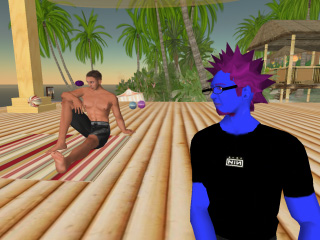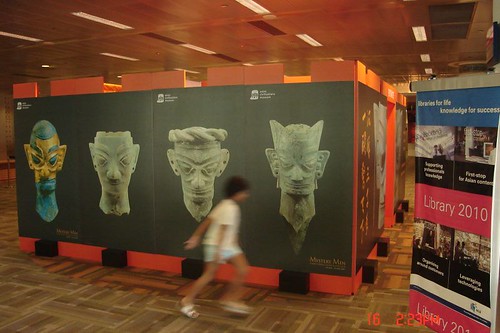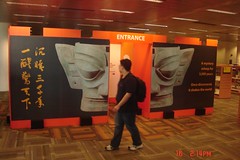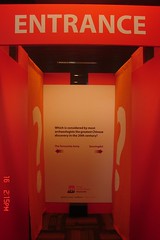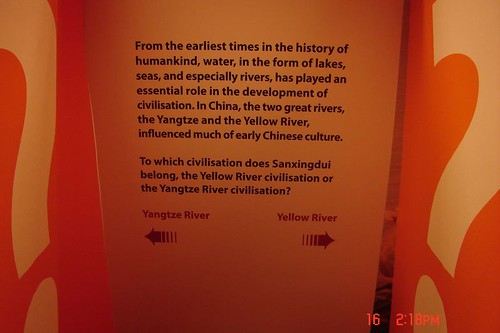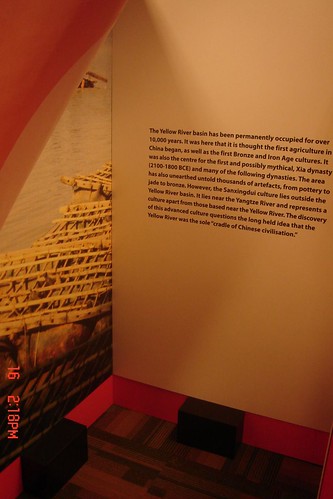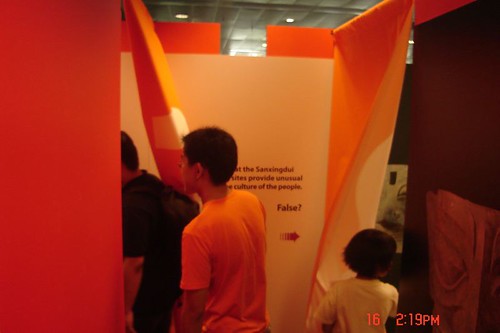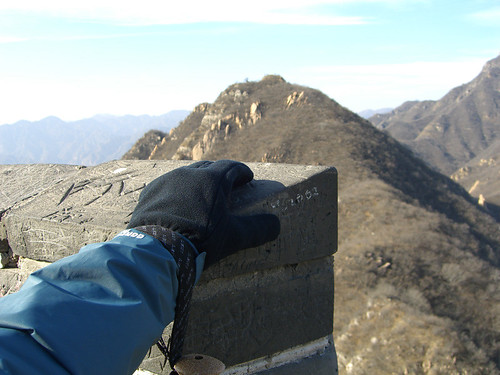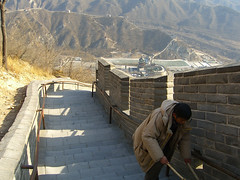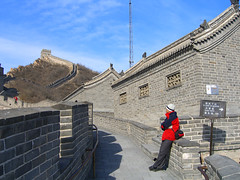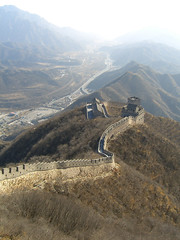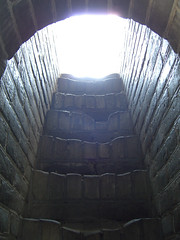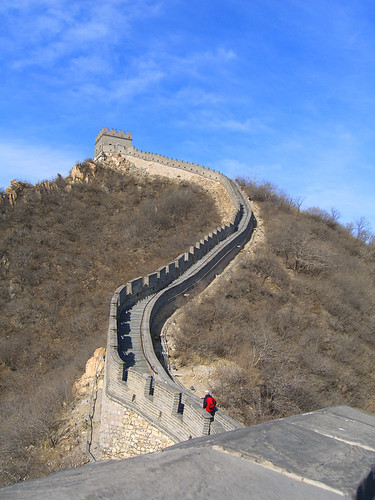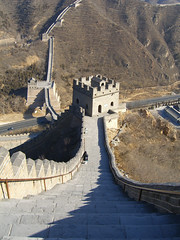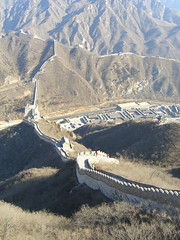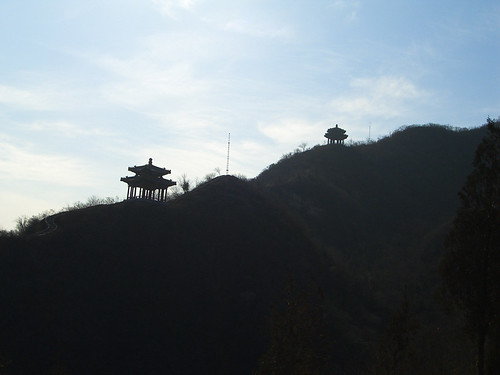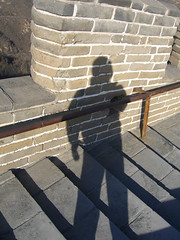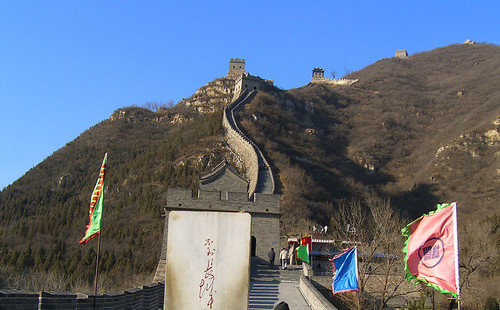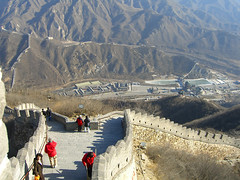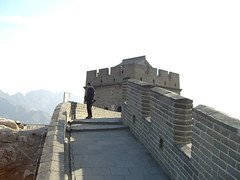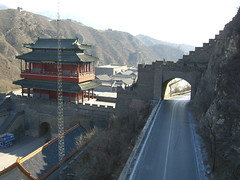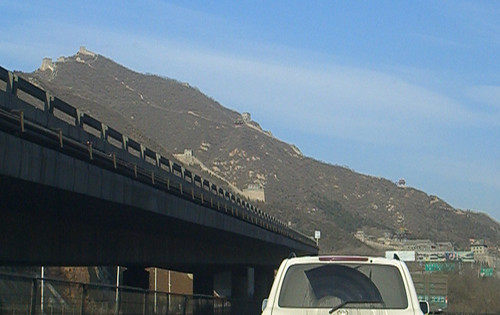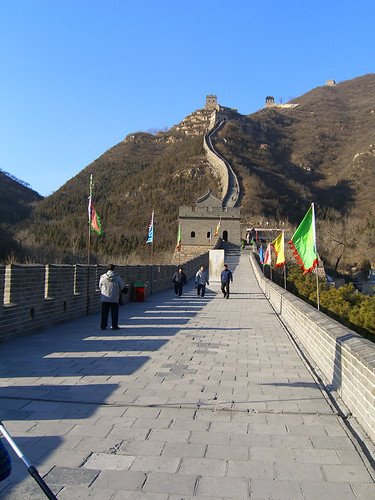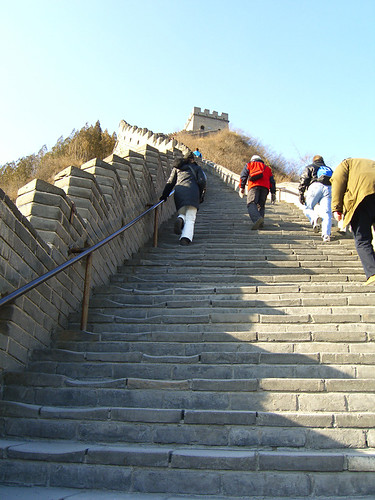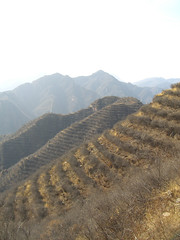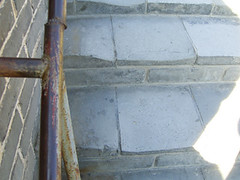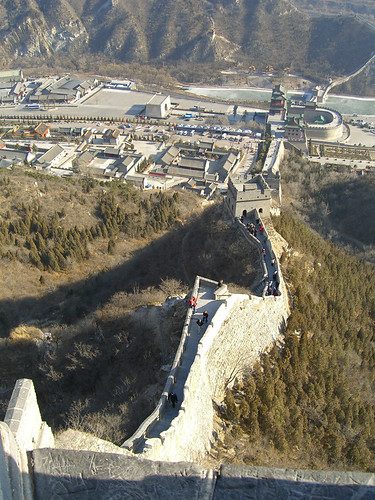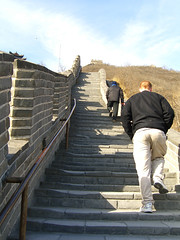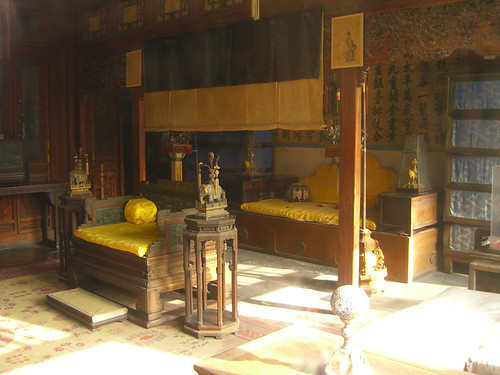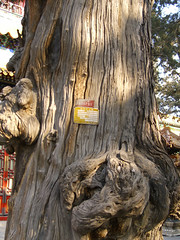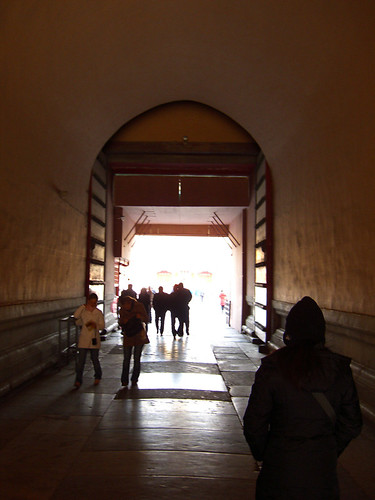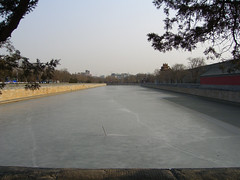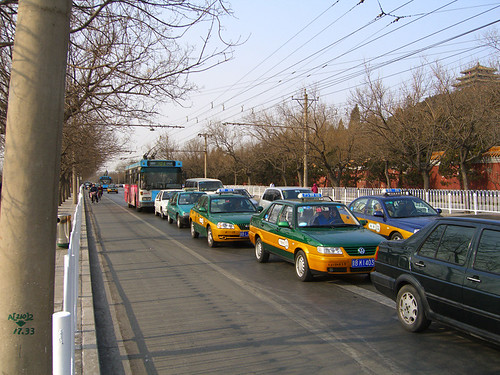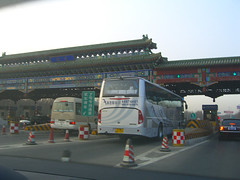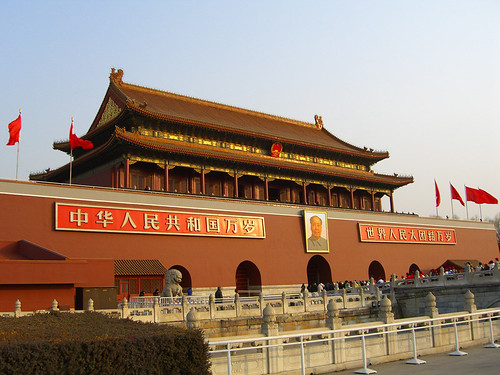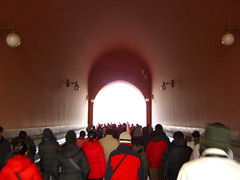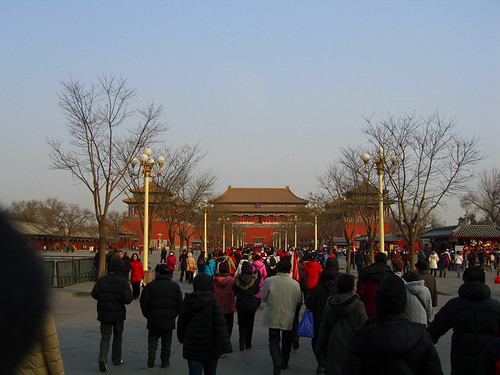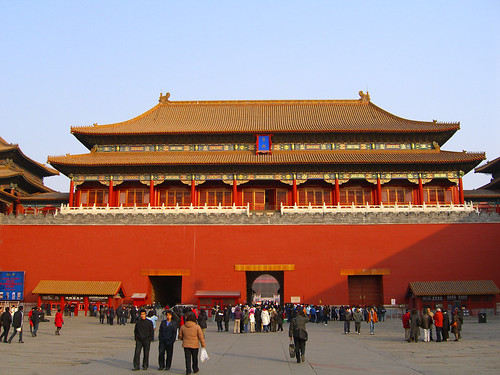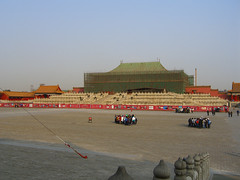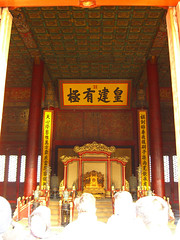The folks at
Idea Factory hosted a few Singaporean Second Lifers (SG SLifers) tonight, at their premises at Goldhill Plaza. During the session, they shared that Linden Labs was interested in setting up a Singapore office, as well as recruiting developers from Singapore. Idea Factory
brought in Cory Ondrejka (CTO Linden Labs) previously, so they should know. Btw they said it's not confidential information but should be noted that things are subject to change.
The SG SLifers in RLI'd missed the l
ast SL Singapore meetup (in SL) so decided to attend tonight's one in Real Life.
Vanessa's post mentioned some of the attendees --
Rinaz ("where did you learn about my video?",
Benjamin, and
Alvin (the guy who started SL Singapore). Other attendees included
Preetam,
Coleman, Andy (creative director of thinc, who's started a
cafe in SL), Jason (NUS student doing a research project on motivations in virtual worlds), Kayoko, Biaogang, and
Jacky.
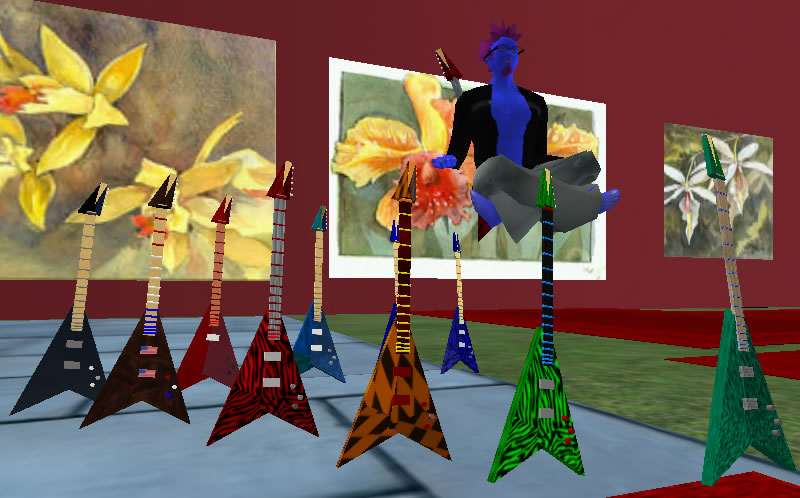
BTW, my SL avatar is "Ivanchew Link". Feel free to look me in up SL.
And surprise surprise, my colleagues from
NLB's Corporate Communications department turned up for the meeting as well! Does that mean NLB is going in to Second Life? Your guess is as good as mine, heh. (Actually, it just means they are interested and are trying to understand more about it).
Structured or unstructured approach to promote SL?The things we discussed included whether there should be a structured attempt to promote and publicise Second Life to Singaporeans, or to leave it to natural demand/ Supply forces. Most agreed the latter approach was
I feel there's no harm in publicising more about Second Life, though i was quick to point out that if Linden Labs does hold a talk or workshop, it should be pitched at a more pragmatic level, using examples (about SecondLife) that participants can relate to (in Real Life).
I gave the analogy of the library conducting a talk on using the online catalogue (OPAC). If we only talked about the features of OPAC and the search syntax etc, some users might get it but most users (from my experience) would not know how to apply it in real life -- unless you provide the context and/ or an example they can relate to. A better way would be to talk about OPAC features using a real-life example, e.g. "Using OPAC to search for library materials for your vacation in China". The session would still cover OPAC features and search syntax, but people are more likely to be able to relate -- and hence apply -- what you're trying to explain.
A Singapore Island in SL?On a whim, I posed this question to the group: "If we want to accelerate the exploration of SL by Singaporeans, should we start a Singapore Island?" (I think some agreed, while there were some who weren't quite sure about it).
My view was that if you want accelerate the exploration (and indirectly the adoption) by Singaporeans to SL, then it's useful to let them start at a place where they have some sense of familiarity. Singapore is an Island Nation, so an SL Island couldn't be more appropriate (BTW, think of an "island" in SL as a "server").
This "Singapore Island" would be funded, perhaps in part by corporate and government agencies (some costs can be recovered by renting out parcels of Singapore Island). Currently, the startup and recurrent costs for maintaining the island is not something than any individual or informal group can afford.
But apart from corporate and government seed funding, there should not be any rules or restrictions other than those already imposed in Second Life. Andy reinforced the point by saying, "
We should not start painting yellow boxes and demarcating 'No Smoking Zones'". Well, I think some rules and demarcation is important, but what's more important is that those rules will be drawn up and enforced by the SL Residents, and not some regulatory body or agency. If the principle of community-policing works for Wikipedia, then it will work (and has worked) for SL.
PurposeThis Singapore Island in SL would serve as a virtual meeting place, like a 3D nation-wide Bulletin Board/ Meeting Place. It will also be a logical place for non-Singaporean SLifers to drop by, if they hope to meet more Singaporeans or Singapore residents.
The Singapore Island could also be a Singapore Sandbox (either Preetam or Coleman who said this). A "Sand Box" in SL is where people can learn how to build objects and scripts; like a virtual playground. Sure, there are other sandboxes but they are owned by others and somehow it seemed more apt to have a Singapore Island showcasing works by Singaporeans or Singapore residents.
Rinaz cited how she learned more about Amsterdam, and met people who actually lived in Amsterdam, by visiting a place called Amsterdam Island in SL (basically a virtual island that replicates some aspects of Amsterdam). That's a great idea -- imagine Singaporeans building the landmarks of Singapore, in a collaborative fashion, in SL. And this is NOT something
STB (a government agency) can drive. They probably can support it, but it will have to be initiated by Singaporeans. I'm confident there will be people willing and able to do so.
This is not to say Singapore Island is only for, and by, Singaporeans. Just like how Singapore operates in Real Life (and pretty much how SL currently works), Singapore Island in SL will openly welcome the contributions of anyone who has the time, intent, skills and passion.
[For another supporting reason for Singapore Island, scroll to the last paragraph of this
earlier post.]
To build or not to build a library in SL?Incidentally, Ben asked me if I was contradicting myself when earlier in the conversation, I remarked that "the
NLB should not build a library in SL" but later I advocated a Singapore Island. I'm not sure if I clarified enough, so here's a more detailed explanation (for Ben, if you're reading this):
It all depends on the objective we're trying to achieve.
If the library were to build a library in SL
for the purpose of providing library services like in Real Life, then it should not build virtual structures that resemble real life physical structures. E.g. Don't build a bookshelf in SL, where users have to virtually open a book to access the content. If you've tried this in SL, you'll know it's rather cumbersome. We should allow people to checkout Heads-Up-Displays (HUDs) and download content instead.
If the library were to build a SL Library for the purpose of orientating users, then it makes sense to duplicate your SL library like how the Real Life library looks like in form and structure.
Maybe that's another reason why we should have a Singapore Island in SL -- because it's a good excuse for libraries in Singapore to establish their presence and provide services.
Or is it the other way round? :)
Technorati Tag:
second life


